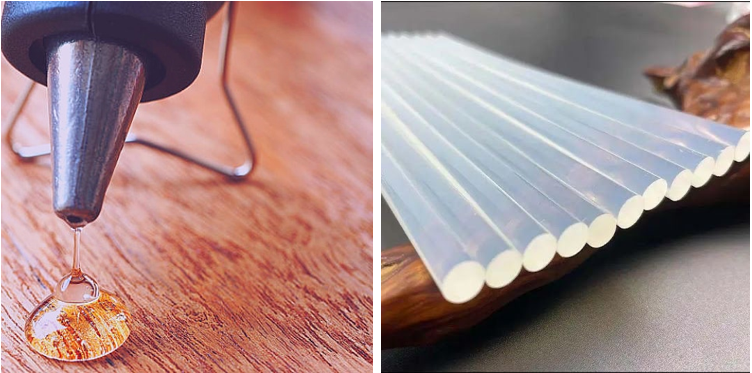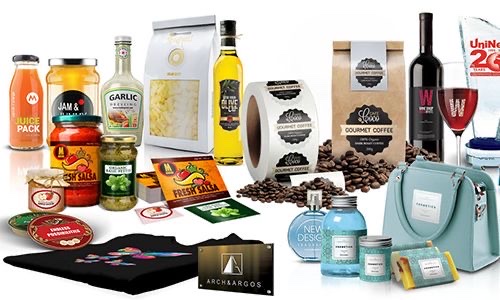🔥 What You Need to Note When Choosing Hot Melt Adhesive
Heat adhesives—also known as hot melt adhesives—are widely used in industries ranging from packaging and electronics to furniture and crafts. Their ability to bond quickly and cleanly makes them a favorite among professionals and DIYers alike. However, choosing the right heat adhesive isn’t just about grabbing the nearest glue stick. Several factors can affect performance, durability, and safety. Here’s what you need to keep in mind when selecting the right heat adhesive for your project.
🧪 1. Understand Your Materials
Different adhesives bond better with specific materials. Before choosing a heat adhesive, consider:
- Surface type: porous (wood, fabric) vs. non-porous (metal, plastic)
- Flexibility: rigid vs. flexible materials
- Heat sensitivity: some plastics may warp or melt under high temperatures
Tip: Always test the adhesive on a small area to check compatibility.

🧱 2. Bond Strength Requirements
Not all heat adhesives offer the same level of strength. Ask yourself:
- Will the bond be under stress or weight?
- Is it a temporary or permanent fix?
- Does it need to resist impact, vibration, or moisture?
For heavy-duty applications, look for industrial-grade adhesives with high tensile strength.
🌡️ 3. Operating Temperature
Heat adhesives require specific temperatures to melt and bond effectively. Consider:
- Glue gun temperature range: low-temp guns (around 120°C) vs. high-temp guns (up to 200°C)
- Adhesive melting point: match it with your tool and material
Using the wrong temperature can lead to poor bonding or damage to the substrate.
⏱️ 4. Open Time and Set Time
These two factors determine how quickly you need to work:
- Open time: how long the adhesive remains tacky after application
- Set time: how fast it hardens and forms a bond
Short open times are ideal for fast assembly lines, while longer times allow for repositioning.
🧼 5. Surface Preparation
Even the best adhesive won’t work on dirty or oily surfaces. Make sure to:
- Clean surfaces thoroughly
- Remove dust, grease, and moisture
- Lightly roughen smooth surfaces for better grip
🧠 6. Safety Considerations
Heat adhesives are generally safe, but precautions are necessary:
- Use in well-ventilated areas
- Wear gloves and safety glasses
- Avoid direct contact with hot glue or nozzle
Always follow manufacturer guidelines for safe handling and storage.
🛠️ 7. Application Method
Choose an adhesive that suits your equipment:
- Manual glue guns: for small-scale or craft projects
- Automated dispensers: for industrial or high-volume use
- Spray or roll-on systems: for specialized applications
Make sure the adhesive format (stick, pellet, cartridge) matches your tool.
✅ Final Thoughts
Selecting the right heat adhesive is about more than just convenience—it’s about ensuring strong, lasting, and safe bonds. By considering your materials, bond strength, temperature needs, and application method, you’ll be better equipped to choose an adhesive that meets your project’s demands.
Whether you’re crafting at home or working on a production line, taking the time to choose wisely will save you time, money, and frustration in the long run.
